1. Understanding Micro UI
Micro UI is a design philosophy that focuses on breaking down user interfaces into smaller, modular components. These components are highly specialized, self-contained, and serve specific functions within an application. Unlike traditional monolithic UIs, Micro UIs are composed of these micro-components, making them easier to develop, maintain, and customize.
2. Key Principles of Micro UI
Micro UI is guided by a set of core principles:
- Modularity: Micro UI promotes the decomposition of UI elements into discrete, reusable modules. Each module should handle a specific piece of functionality.
- Independence: Micro UI components should be self-contained and not reliant on global styles or dependencies. This independence simplifies testing and maintenance.
- Scalability: The modular nature of Micro UI makes it highly scalable. New components can be added, and existing ones can be updated with minimal disruption.
- Customization: Developers can easily customize and style individual micro-components to suit the unique requirements of an application.
3. Components of Micro UI
Micro UIs consist of various components, including:
- Micro Frontends: These are the individual UI components that can be developed and deployed independently. They can range from simple buttons to complex interactive widgets.
- Microservices: Microservices on the backend complement Micro UIs. They provide the necessary functionality and data for the micro frontends to interact with.
- API Integration: Micro UIs rely on APIs to fetch and send data. This ensures that each micro-frontend operates efficiently and communicates seamlessly with the backend.
- Orchestration: An orchestration layer coordinates the integration of micro frontends, ensuring they work together harmoniously to create a cohesive user experience.
4. Impact of Micro UI
Micro UI is having a significant impact on the world of software development:
-
<

